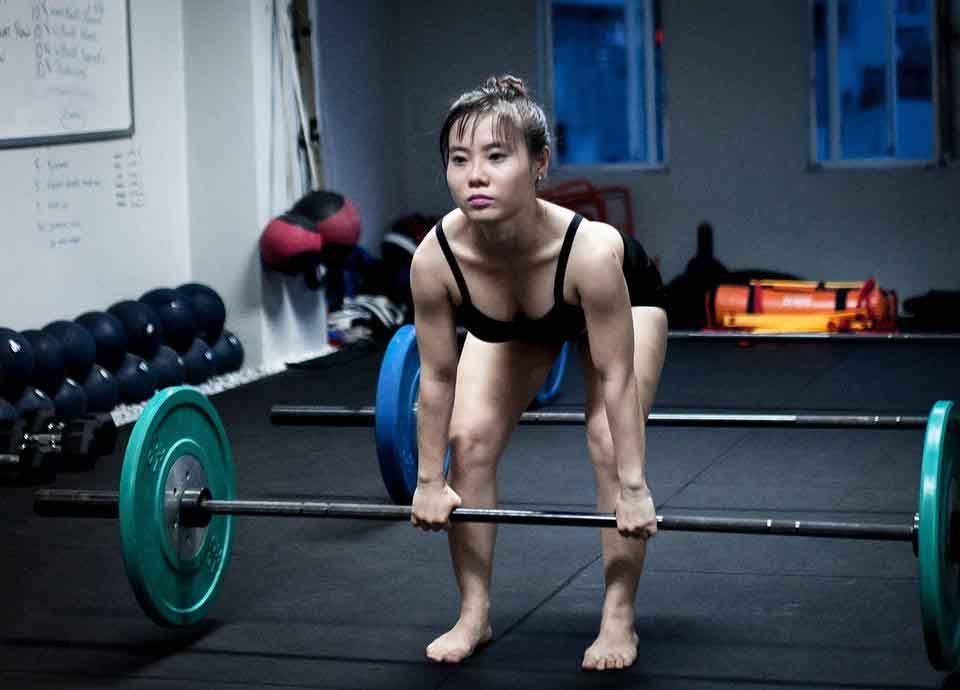Warning: the sofa is bad for your health
With mobility gurus such as Kelly Starrett suggesting that sitting is a ‘death trap’, finding a solution to a sedentary lifestyle becomes ever more important. The impact of sitting on health and athletic performance is well known. This has lead to an explosion of mobility and flexibility focused training options, with the ever popular yoga and pilates being joined by revived methods, such as animal movements and kettlebell flows.
With sitting being compared to the new smoking, getting away from your desk and incorporating regular functional training into your schedule becomes ever more key. We get it, it’s hard. Deadlines and delays are denying you the opportunity to get the most out of yourself and your body.
Sitting for extensive periods of time is also harming your mobility. Poor posture, unengaged core =lower back pain which further erodes your ability to function effectively in your day-to-day life. Change the dynamic. Shut down emails and shift from the slouch. Squat, lift, and lunge instead. Functional fitness habits prime the body to tackle the stressors of a deskbound job head-on.
What is functional training?
Functional fitness is not a new concept. Amongst the many buzzwords dropped around the gym floor today, functional fitness is one steeped in history, due to its significance and validity in everyday life.
The term ‘survival of the fittest’ echoes from the original purpose of functional fitness and a mantra we can get behind given the day and age we live in.
Functional training = purposeful movements
By pushing you through natural planes of motion, functional training builds strength, endurance and mobility — increasing fitness in and outside the gym. In a nutshell, functional training goes beyond the gym. Whether it’s sprinting for the train, picking your kids up or carrying the shopping, functional movements have you covered for most life scenarios. Functional movements have purpose. This purpose translates to executing every day movements with improved efficiency and form.
Focus on form
Functional training is popular for good reason: doing it right is even more important. Moving correctly supports injury prevention and can even improve body composition. The key to functional training is getting the fundamentals right. Balance, coordination, ROM (range of motion), mobility, strength, power. Applying this fundamentals to your workout and everyday activities will improve core strength, body movement and body awareness.
Functional exercises for everyday life
Here are some functional exercises that can help you in day-to-day life:
Bear crawls
Bear crawls are perfect for total upper-body conditioning, improving shoulder mobility and endurance; ideal if you need to carry heavy loads.
Bear crawls force you to engage your core and work harder to keep your body stable, as you crawl, you’ll push your hips through their full range of motion. They’re challenging, so be prepared and watch what’s in front of you — and behind.

Deadlift
Slouching over a desk can severely impact your posture by tightening your hamstrings, hunching your thoracic spine and putting strain your lower back. Correctly performing deadlifts will lengthen and strengthen your hamstrings and improve posterior muscles (stretch those hamstrings afterwards!)

Box jumps
Race up the stairs in no time with some box jumps practice. These plyometric movements (where you exert maximum force in a short amount time) utilise multiple muscles in the legs, from glutes to quads to calves. Improve your balance and boost leg strength by levelling up the box height.


